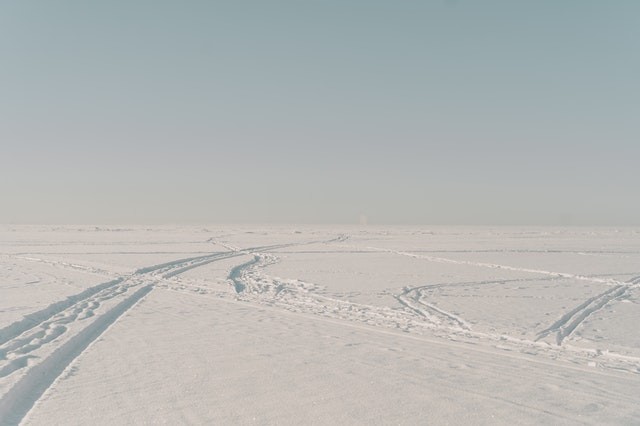Scientists recently used an innovative approach to reveal the geological component of the elusive edge of East Antarctica from which they discovered embayment the size of the United Kingdom formed part of its elusive edge.
According to a SpaceRef report, the data the researchers gathered offers new understandings into the hidden geology of the South Pole that's helping limit the extent and the shape of the edge of East Antarctica.
Essentially, East Antarctica is the least region on this planet. Examining this remote part of the earth is very difficult, necessitating scientists to look underneath kilometers of blanketing ice.
The European Space Agency and the British Antarctic Survey team have performed exactly this, although for a new study published recently.

Understanding that East Antarctica is not a one-uniform continental block is changing how scientists think about the tectonics of the continent.
Ancient Rocks Underneath the Ice
The international team behind this research, published in the Nature Communications Earth & Environment journal, which included Dr. Tom Jordan of BAS, flew over East Antarctica using devices that gauge changes in the magnetic and gravity signatures generated by the different rocks hidden underneath the ice.
The data the researchers collected allowed them to identify key characteristics of rocks, offering tantalizing new hints about how East Antarctica's edge evolved.
To the team's surprise, the new data revealed that an area of ancient rocks, the size of the UK, which was believed to make up part of the coast of East Antarctica, is totally missing.
Scientists discover #Antarctica's hidden geological past @BAS_News @NaturePortfolio https://t.co/t3H5TXYnho
— Phys.org (@physorg_com) March 9, 2022
They discovered an embayment composed of younger rocks than expected in this area. Such a discovery proposes that less of East Antarctica than previously assumed formed portion of the ancient continent from which Antarctica was formed.
As specified in the report, the consequences of this result will form the basis of a great range of Antarctic research. It will help scientists develop global reconstructions of the ancient supercontinents of Earth and those attempting to understand how the ancient geology of East Antarctica affects the modern ice sheet's flow and stability.
Impact on Present-Day Ice Sheet's Flow
According to the study's lead author Dr. Tom Jordan, BAS geologist and geophysicist, it is as if "a huge bit has been taken out of East Antarctica."
Understanding that East Antarctica is not a one-uniform continental block is changing how scientists think about the tectonics of the continent.
Jordan explained this embayment in the South Pole regions possibly affected how mountain ranges and volcanoes grew in the site and the scars at the edge of the place the embayment once continued to guide the present-day ice sheet's flow.
The research was made possible by the ESA PolarGap international collaborative campaign. The primary objective of this project was to augment the GOCE satellite gravity field in the polar gap area around the South Pole, where satellite measurements were missing.
By careful survey design and planning, a comprehensive spectrum of scientific findings has arisen in this previously largely undiscovered frontier in East Antarctica, Phys.org said in a similar report.
Related information about what's under Antarctica is shown on Riddle's YouTube video below:
RELATED ARTICLE: Icy 'Glue' Making Antarctica Intact Begins to Break; Scientists Investigate Reason for Accelerated Melting
Check out more news and information on Antarctica on Science Times.














